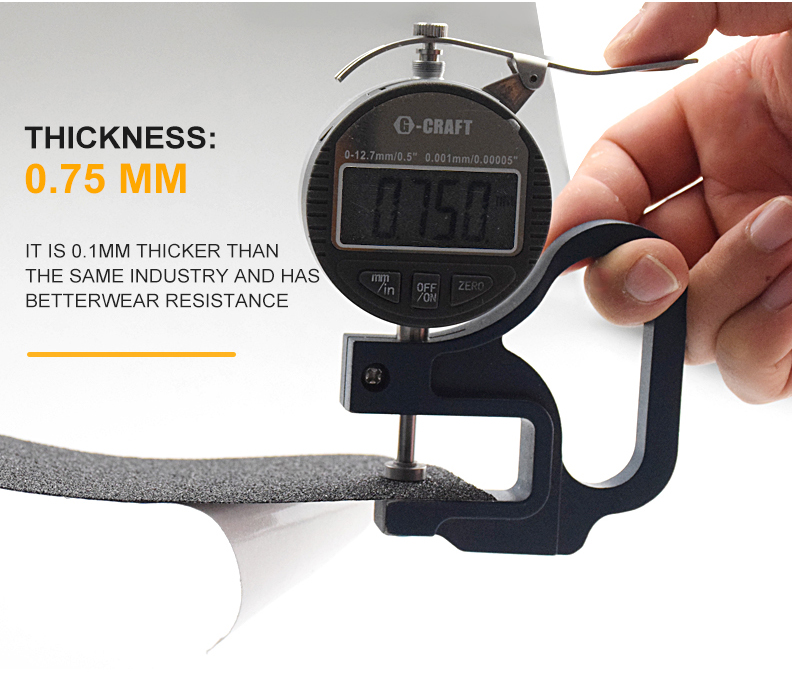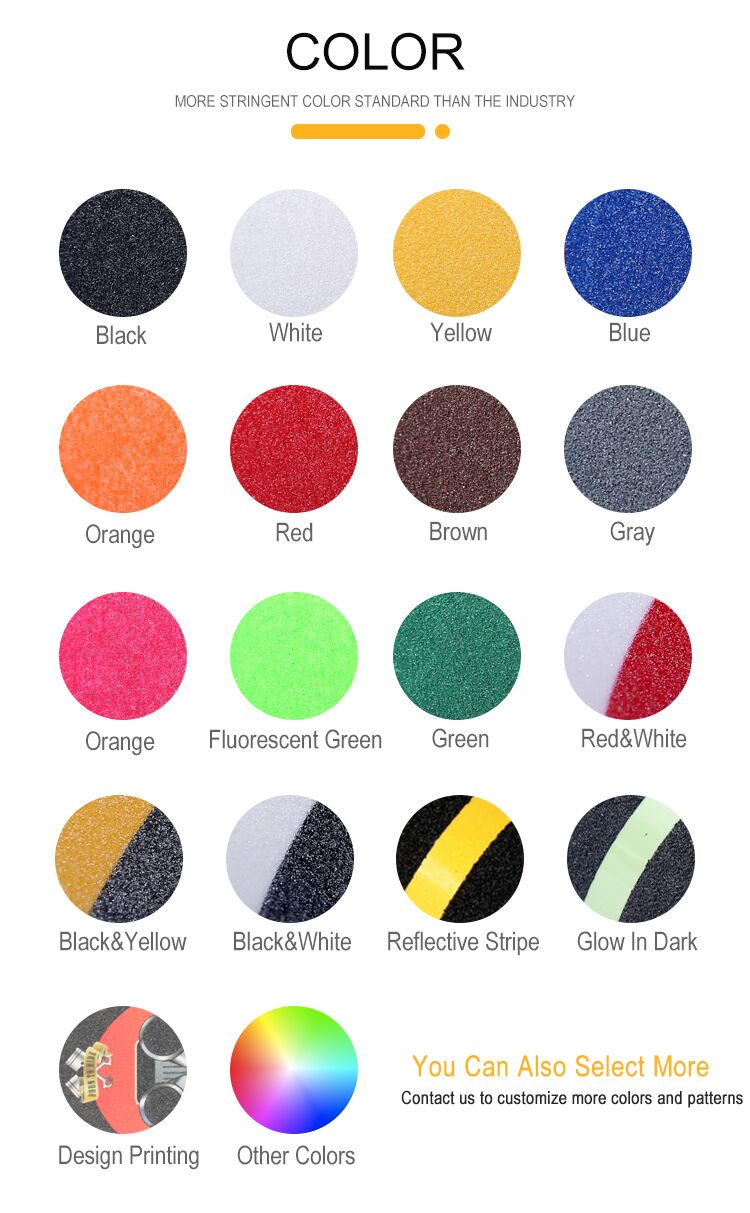Cultivated winter melon cultivation technology
First, choose the variety
It is necessary to choose a plant with good growth potential, poor branching ability, strong anti-sunburn ability, large fruit type, medium and late-maturing varieties with wax powder, such as Beijing winter melon and pink skin melon. Generally, the green skin melon is not selected, because it has poor anti-sunburn ability, it is not suitable for climbing cultivation.
Second, choose the land to do 畦
Choose plots with high topography, good drainage and loose soil. The cultivated alfalfa is generally composed of two parts, a planting alfalfa and a creeping alfalfa, which are arranged at intervals. There are usually two ways to do this:
1. The one-way 畦 method is 83 cm wide, and the north and south 畦 are listed as one group. The northern ridge is cultivated 畦, the south 畦 is crawling vine, the north ridge is higher, and it gradually slopes toward the south ridge, which can block the north wind and prevent cold. In the middle line of the cultivation cultivating, the base strip is applied to the base fertilizer, and one row of winter melon is planted on the base fertilizer, and the winter melon extends to the south to climb the vine.
2. The two-way squatting method is to make a cultivation raft of 1.3 to 1.5 meters wide in the direction of extension of the east and west, and to make a parallel climbing vine on both sides of the north and south, the ridge is 83 cm wide. In the middle line of the cultivation cultivating, the base fertilizer is applied to the ditch, and two rows of winter melon are planted on the base fertilizer, the southeast of the winter melon extends southward, and the northward extends northward.
Third, colonization
After the local spring night frost, the colonization depth is suitable for burying the melon seedlings. The method is divided into two types: common planting method and water stable seedling method.
1. Ordinary planting method In the cultivation of sorghum, the planting points are excavated according to the length and width of 60-66 cm. The seedlings are gently placed into the holes, the soil is buried in the soil, and then the water is planted.
2. Water stable seedling method Firstly, a shallow ditch with a depth of 13-16 cm and a width of 20 cm is opened in the cultivation pot, and water is poured into the ditch. When the water seeps in half, the seedling is placed in the ditch, waiting for After the water is completely infiltrated, the ditch is sealed with soil.
Fourth, fertilizer management
The management of winter melon fertilizer water for climbing is focused on cultivation, watering and fertilization can be combined; climbing vines are generally not specially watered and topdressed, and can be carried out according to the requirements of intercropping crops. In the early stage of melon vine growth, a 20 cm deep ditch is opened in front of the seedlings, and the farmyard manure is applied in the ditch, 10 kg per ditch, and then irrigated, and then the fertilizer is applied after the water is infiltrated, and 1 kg per ditch is applied; After being covered with cultivation cultivating, no longer ditching and watering and fertilizing, watering according to the lyrics, and applying chemical fertilizer and dilute manure with water, generally watering for 5 to 10 days in the dry season, not watering during the rainy season, and paying attention to drainage prevention waterlogging.
V. Other management in the field
1. After cultivating and weeding and pouring the planted water, the cultivating is carried out. The cultivating is based on the principle of not loosening the roots of the seedlings. When the cultivating is carried out, the semi-circular mounds are appropriately cultivated at the base of the seedlings. When the sensation is good, you can carry out 2 to 3 times of cultivating and then watering.
2. Wire rods and vines When the stems are elongated to 60-70 cm long, they must be squashed and pressed. The method is as follows: a semi-circular shallow ditch is opened along the north side of each root of the root, and the ditch is 6-7 cm deep, and the vine is placed into the ditch to the north, and the soil is compacted. When pressing the vine, pay attention to make the 2 to 3 leaflets at the tip of the stem exposed to the ground, and do not bury the growth point in the soil. When the stems are further elongated by 60 to 70 cm, the shallow groove is opened on the south side in the same manner, and the second wire rod and the vine are pressed. Each 4 to 5 leaf section is pressed once, and the whole growth period can be pressed three or four times. Be careful to remove excess side vines, tendrils, and male flowers. For plants with strong growth, the vine can be deeper, and the stem can be twisted into the soil; the weak plants can be shallower, the node distance should be farther, and the fruit should not be close to the fruit (preferably one or two nodes separated from the fruit) It is even more inappropriate to press the female flower's node into the soil. For the side branches that are issued, the principle of taking up space when there is space and leaving it without space is eliminated.
3. Select melons and melons to treat the melons of the second to fifth female flowers. Select the young melons with good characteristics, normal shape, fast development, large fruit shape and many hairs. When the young melon sits and bends the neck, the weight of the single melon is 0.3-0.5 kg, and the melon can be fixed. One or two of the fastest growing, the largest and most sturdy fruits are selected, and the rest of the fruit is removed.
4. Care should be taken when turning melons and melons. When you gently flip about 1/4, turn the melons with the stalks and melons. Do not break the stems and leaves, usually every 5 to 8 days. Turn over once, the time is appropriate for sunny days. In order to prevent the rot of the melon, each melon is covered with a straw mat, and the straw mat is made of wheat straw, straw, etc.
Disclaimer: Some articles on this website are transferred from the Internet. If legal rights of third parties are involved, please inform this website. phone
PVC Anti Slip Tape
We are professional manufacturer of anti slip tape with 16 years` experience. Our anti slip tape is based on PVC or PET material, coated with premium solvent acrylic adhesive, planted with selected corundum, emery grit, aluminum oxide or glass sand. PVC anti slip tape is the most widely used and cost-effective. The PVC base material is soft and strong, can adhere to the floor tightly. Thickness is 0.75mm, 25% thicker than general anti slip tapes from other factories. It`s also waterproof, can be used in many wet and smooth places to resist people from skidding.





anti slip tape,anti slip grip tape,anti-slip tape,tape anti slip,anti slip tape for stairs
Kunshan Jieyudeng Intelligent Technology Co., Ltd. , https://www.jerrytape.com